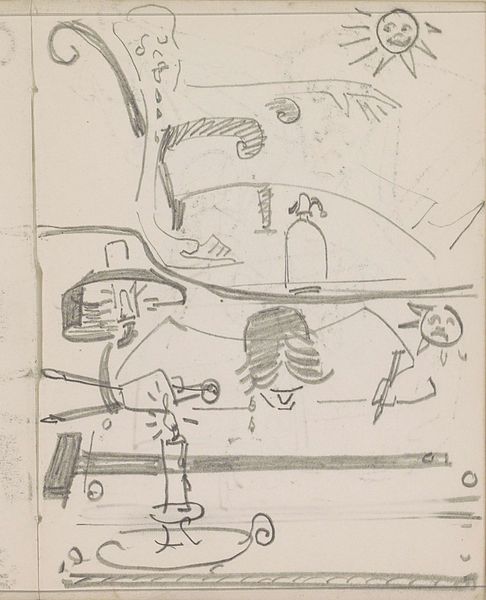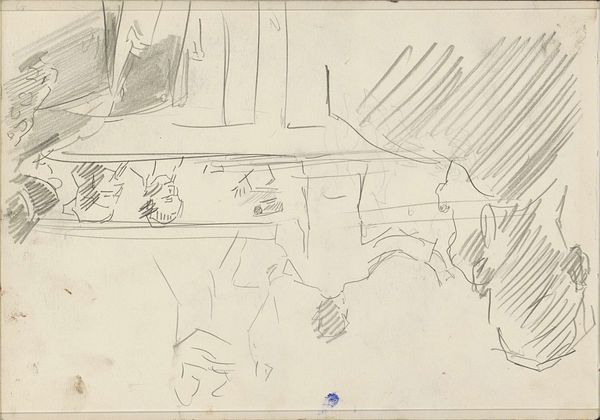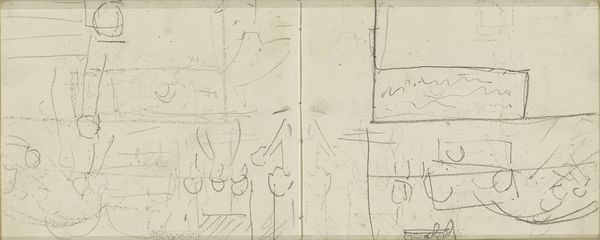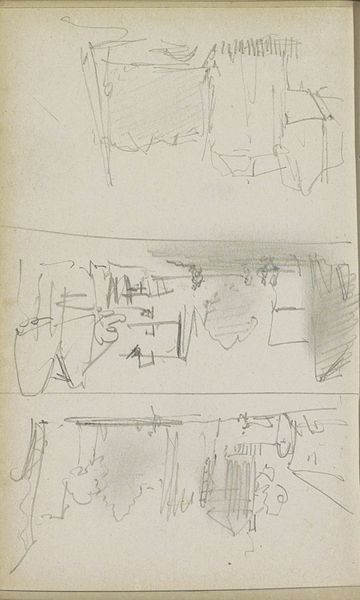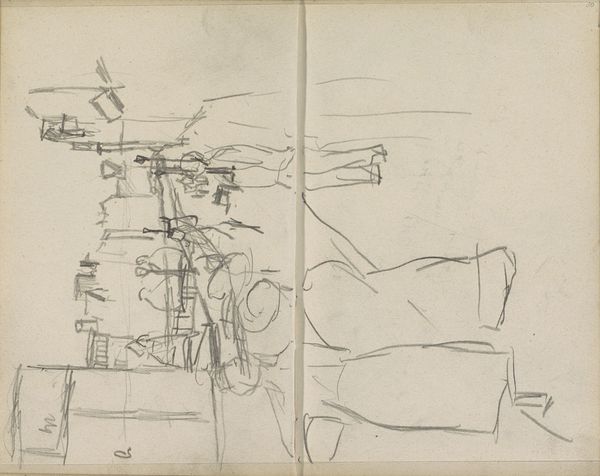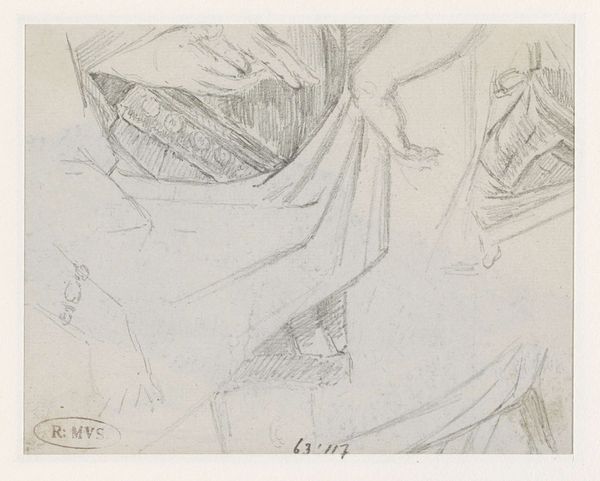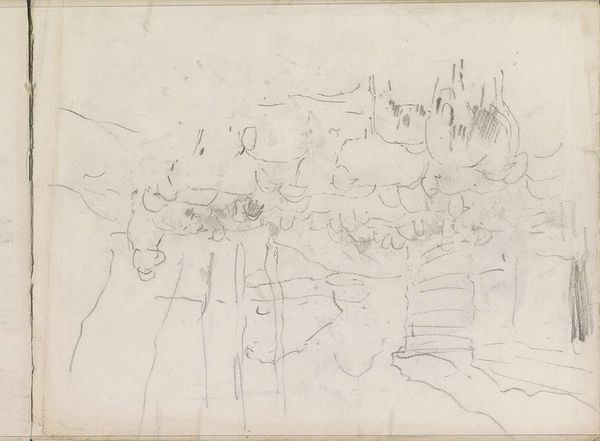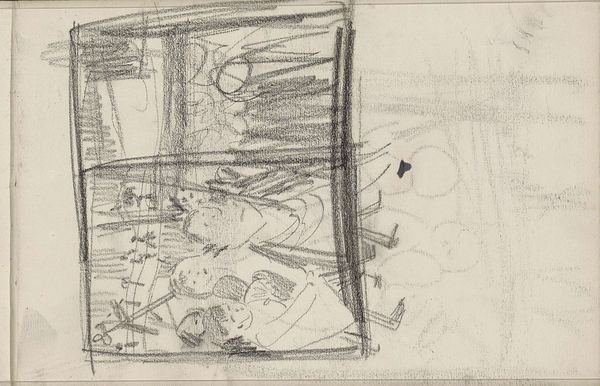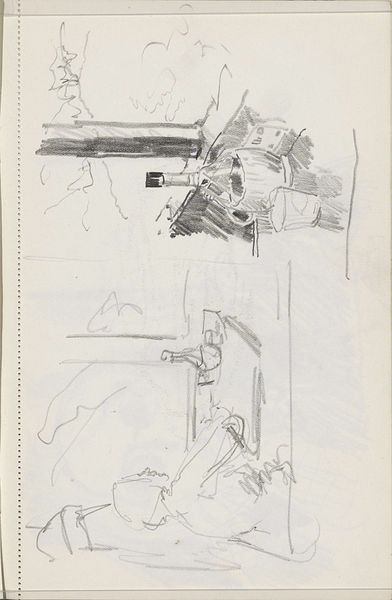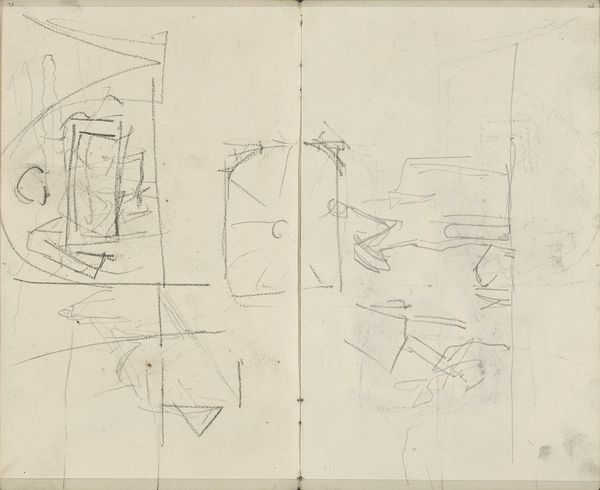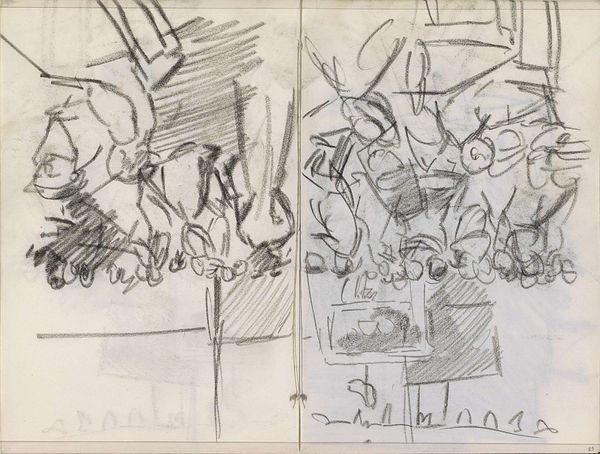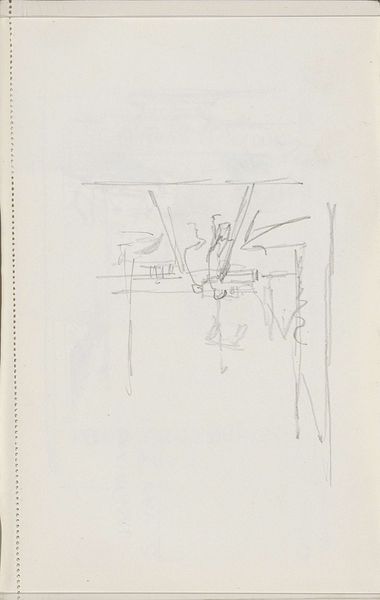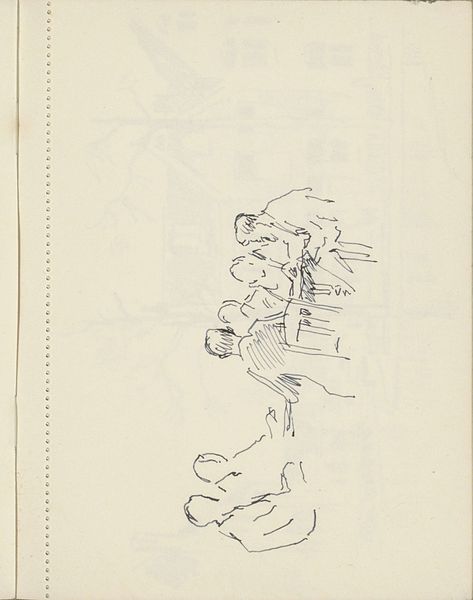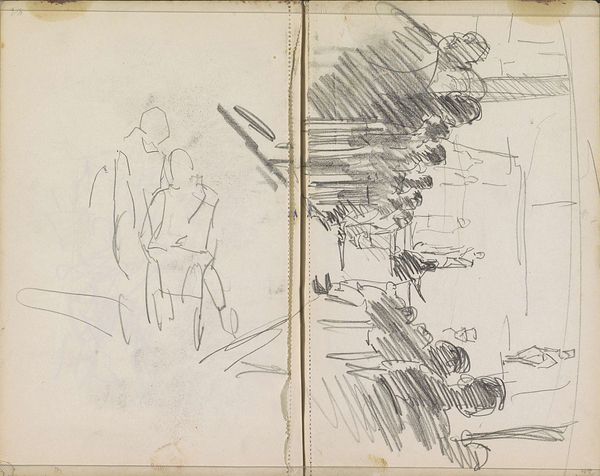
photography, gelatin-silver-print
#
film photography
#
landscape
#
photography
#
gelatin-silver-print
#
monochrome photography
#
genre-painting
#
modernism
Dimensions: overall: 25.4 x 20.5 cm (10 x 8 1/16 in.)
Copyright: National Gallery of Art: CC0 1.0
Editor: So this is Robert Frank's "Guggenheim 364--Esso oil refinery, Baton Rouge, Louisiana," from 1955. It’s a gelatin silver print and presented as a strip of negatives. The rows and rows of men, seemingly captured at work and at rest, have an almost dystopian feel to them. What are your first impressions of this work? Curator: That "dystopian feel" resonates deeply. Strips of film are in essence, sequential symbols of the past – each frame a carefully chosen slice of reality. Here, the rows of workers, seemingly identical and interchangeable, evoke a sense of mechanized society, echoing the anxieties of postwar industrial expansion. Frank highlights not just the reality of these men’s lives but also anxieties of American industry. Don’t you find a repetitive rhythm? Almost like a hieroglyph, documenting and judging at once. Editor: Definitely. The repetition almost dehumanizes them, doesn’t it? Were there specific historical events or cultural anxieties Frank was commenting on? Curator: Undoubtedly. The 1950s were a time of great social change and conformity. Frank, as an outsider, a Swiss immigrant, captured the undercurrents of unease that many Americans felt, despite the surface of prosperity. Notice how the refinery, usually a symbol of progress, is almost a looming presence over these workers. Think of it as a modern-day ziggurat, demanding labor and dictating life. It’s as much about the oil as the faces turned toward the product. Editor: That’s a striking comparison. The refinery as a ziggurat. Curator: And what is Esso, but a modern god to be worshiped with time and labor? Do you find the monochrome to intensify that mood, too? Editor: Yes, the monochrome definitely amplifies that sense of alienation and historical distance, it contributes to its impact. I hadn't thought about the symbolism of the refinery itself. It changes my whole view. Curator: Exactly! These images persist and continue to be shown because, beyond a record, it has symbols that extend from Frank’s time and speak still today. They're cultural time capsules, prompting us to re-evaluate our present.
Comments
No comments
Be the first to comment and join the conversation on the ultimate creative platform.
